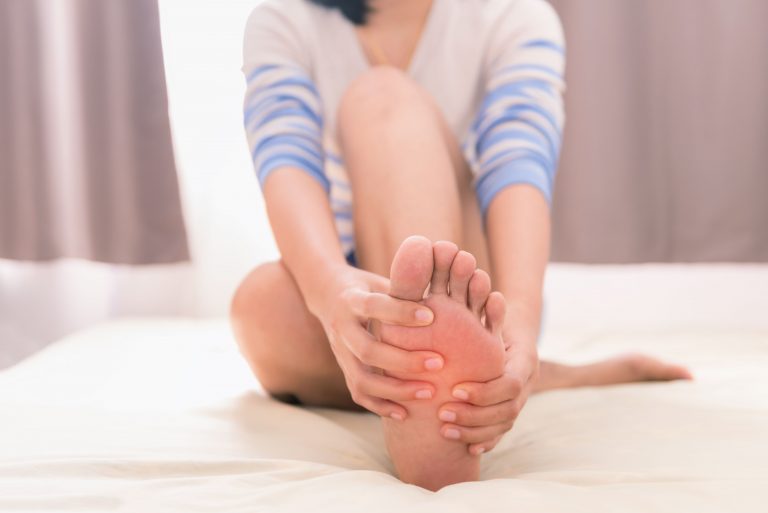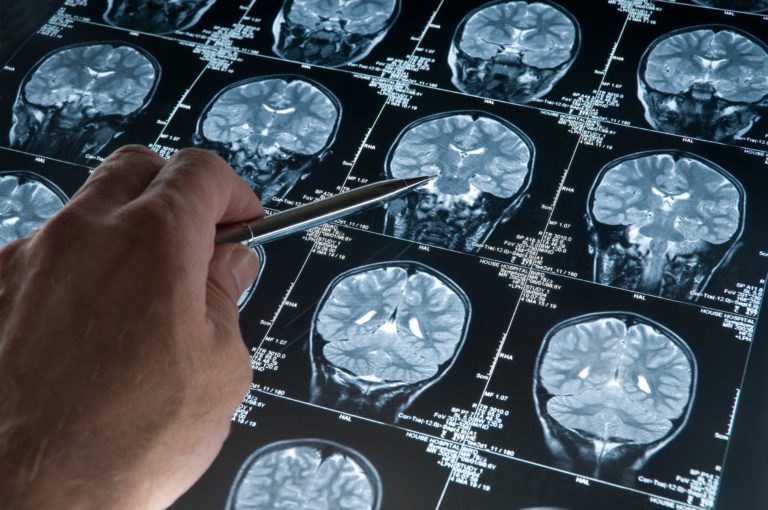
7 Germinest Public Places Everybody Gets in Contact With
Restaurant Menus Honestly, how many times have you seen anyone wash off a menu? Probably never. The concerning fact is that, according to the Journal of Medical Virology, nearly every
READ NEXT

Restaurant Menus Honestly, how many times have you seen anyone wash off a menu? Probably never. The concerning fact is that, according to the Journal of Medical Virology, nearly every

There are well-documented cases of bloody tears being shed. It’s the primary sign of haemolacria, a condition in which a person’s tears are either blood-tinged or entirely composed of blood.

Multiple sclerosis, or MS, is a long-lasting disease that can affect your brain, spinal cord, and the optic nerves in your eyes. It can cause problems with vision, balance, muscle

Drink Tequila Research from the American Chemical Society has shown that drinking tequila can help you lose weight. Wait, what? The short version is that the agave plant, the thing

1. Melts Quicker Goat butter has a lower melting point. This means that it can melt quicker than any other type of butter, allowing you to spread it faster on

Shaving makes your hair grow back thicker and darker. It may seem like your hair is growing back with a vengeance, but in reality, it just looks that way. When

Skip the straw If you use a straw and you think is just an innocent habit, if you’re using it for some years you may see some wrinkles around your

What Drinking Water On An Empty Stomach Does To You As you probably already know, Japan is in the top countries when it comes to life expectancy. But how do

Because of your heart, you can do everything you want, but you should be aware of the potentially serious warning signs that your heart is giving you. If you are

Pain that occurs under the heel is known as plantar fasciitis. This is the most common cause of heel pain. Pain behind the heel is Achilles tendinitis. Pain can also

Nuts are packed with heart-healthy fats, vitamins, minerals and protein. They are among the healthiest foods you can eat, because they have various impressive health benefits and can even help

Most of us go about our busy lives, grabbing food on the go without thinking much about what’s in it. We mistakenly assume because it’s sold on a shelf, it’s

The virus responsible for infectious mononucleosis (commonly known as mono) affects about 90 percent of the population worldwide, and most commonly strikes teenagers and young adults ages 15 to 30.

Did you know that even your lungs need exercise to stay healthy and for your body to function normally? Every activity in the body is dependent on oxygen, including the

The Age-Related Eye Disease Study (AREDS), published in 2001, found that certain nutrients — zinc, copper, vitamin C, vitamin E, and beta carotene — may reduce the risk of age-related

Some researchers from Stanford University say that the infused blood from young people can help other people with moderate forms of Alzheimer’s disease. Maybe it sounds like a science fiction
RELATED POSTS
© 2024 All rights reserved